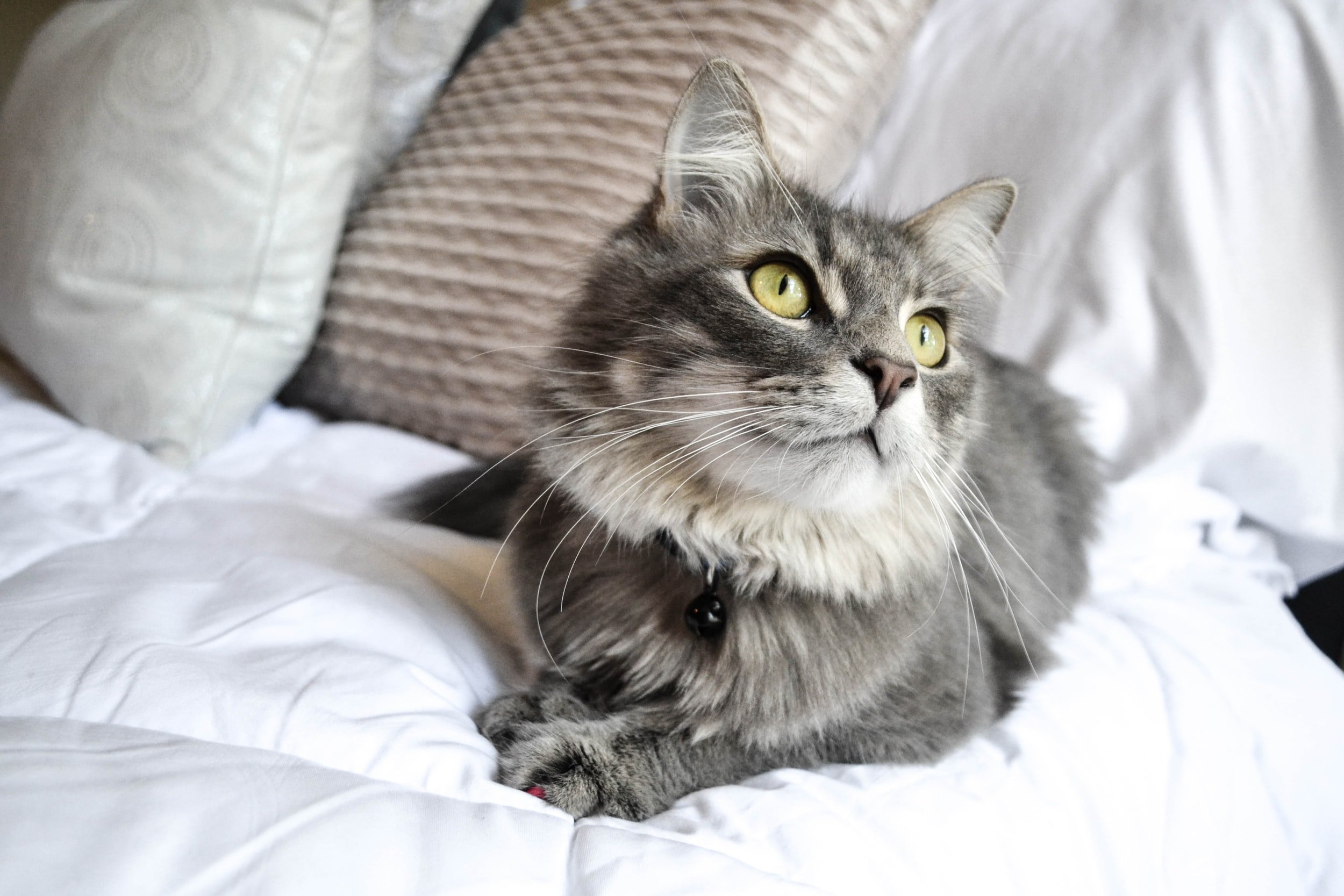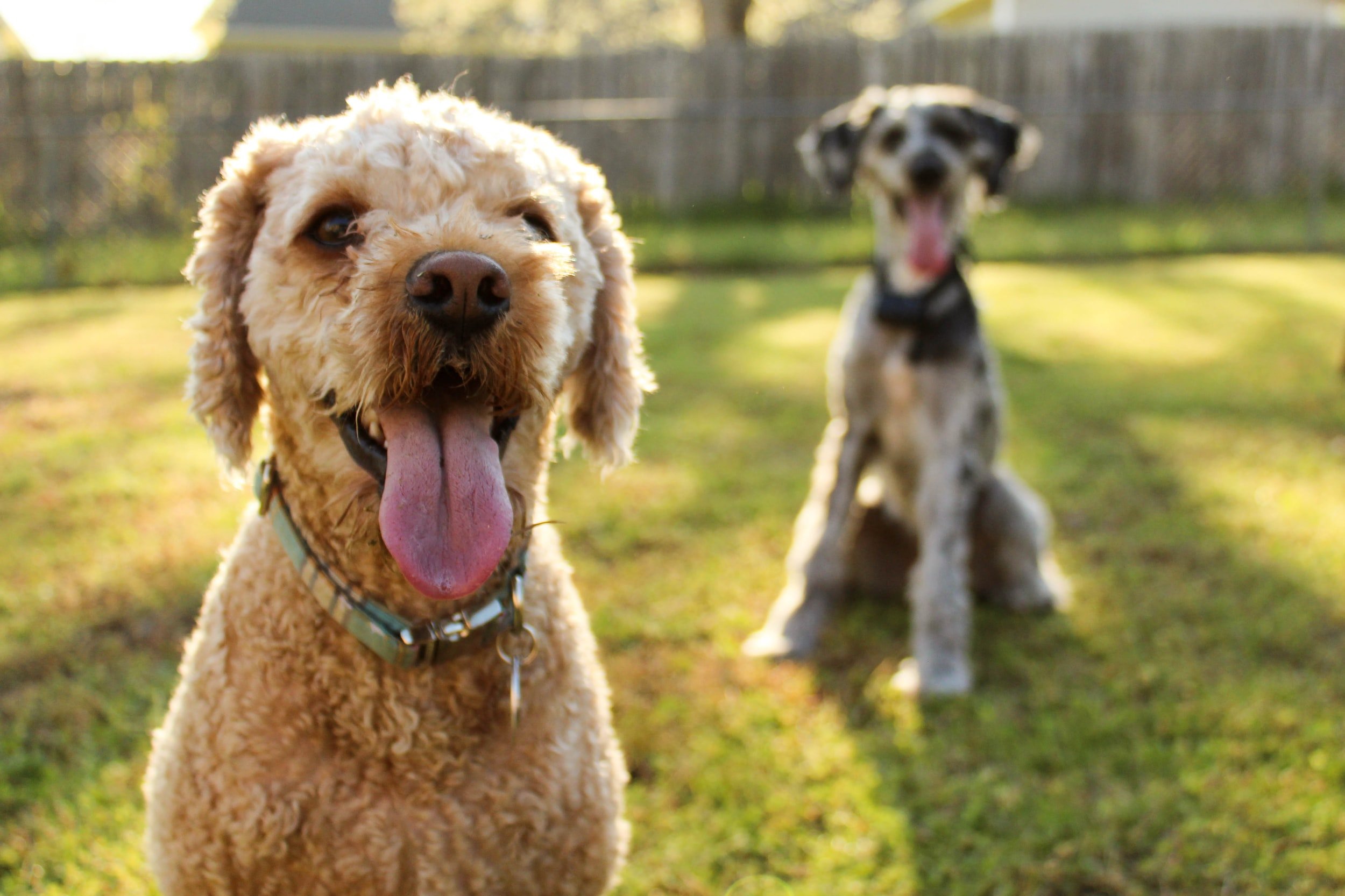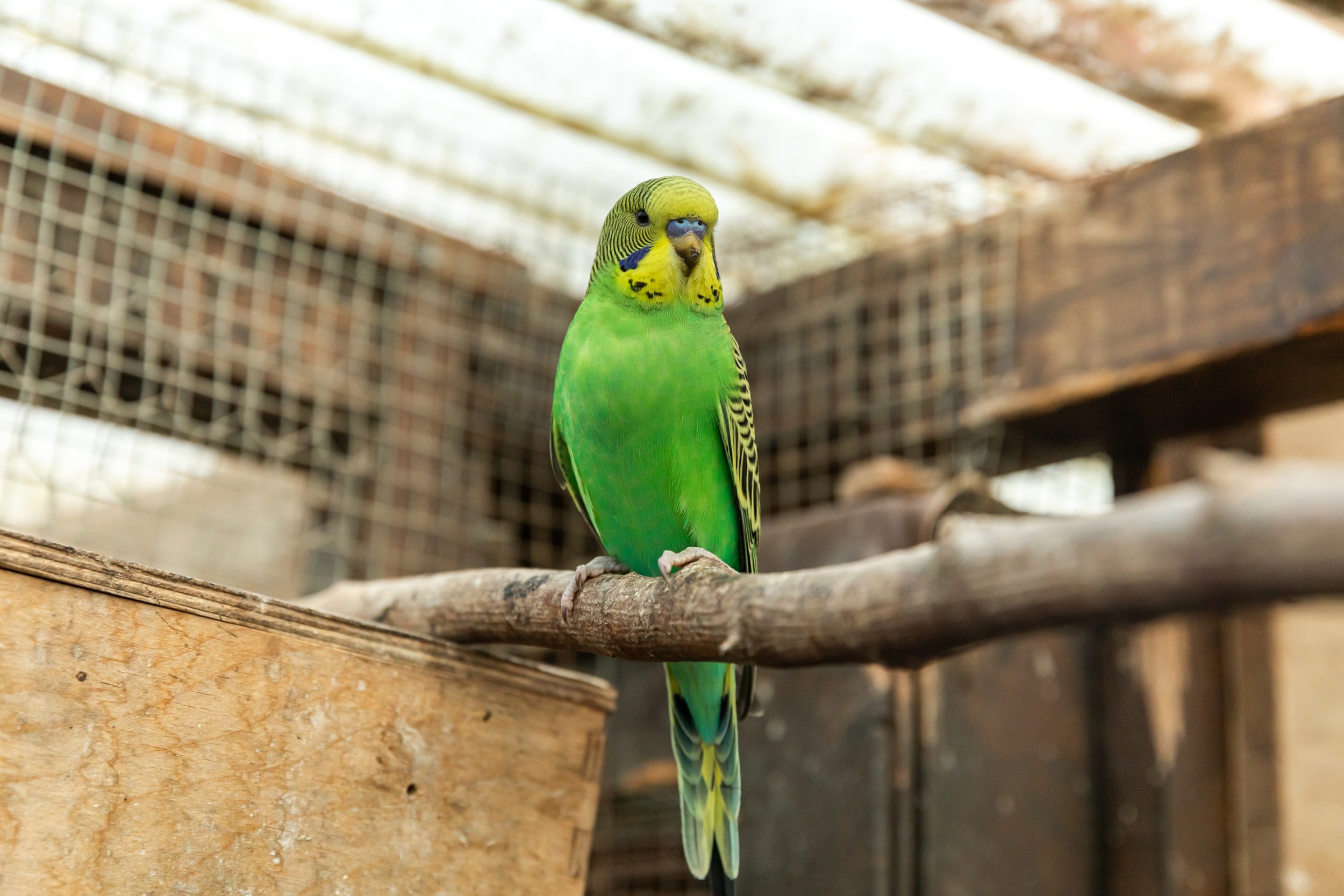Moving house can be both stressful and exciting for everyone. While you are busy packing and getting everything ready for your big move, it’s important not the overlook the impact of this change on your furry family members. Pets view their existing everyday environment as their territory. They are familiar with your home, its surrounds, streets, nearby pets, everyday noises and smells. When you move, they need to reorient themselves, familiarise themselves and slowly settle into their new surrounds.
There are several steps you can take to make moving house easier on your pets.
Planning for success before you move
Finding a new home – consider your pets size, energy levels and current lifestyle when moving. Large animals need space to run around both in your home and the backyard. Smaller pets can handle a smaller space or apartment. If you are renting, make sure your landlord permits animals. Check your new home will be secure and pet friendly.
Check out the neighbourhood – look around the local area for dog parks, beaches or places to exercise your pets. Are the surrounding or nearby roads busy, noisy or dangerous?
Finding a nearby vet – if you are moving far away from your current home you will need to find a local vet and emergency hospital. You don’t want to be researching this during an emergency. Consider other services that you regularly require for your pet too such as grooming and boarding facilities.
Important documents – if moving far away, contact your vet to obtain a copy of your pet’s medical records and vaccination history. If moving involves airlines, confirm what information you require and whether you need electronic or physical copies.
Identification – make sure your pet is micro chipped and has their collar with ID tag on. Have a new ID tag created with your new address and phone number for the day you move. For microchipped pets, you will need to update your details to your new address once you move.
Introduce pet carrier early – think about how you are going to transport your pet and make sure they are comfortable using their carrier or transport method prior to moving. Start by getting them used to it at your current home, then move onto short trips, gradually increasing the amount of time spent in the car. Keep it positive, bring along their favourite toys, bedding and treats and reward them along the way for good behaviour.
How to keep pets calm during your move
Packing – pets are attuned to changes in their environment and may get concerned as the house becomes empty that they will be left behind. Reassure pets whilst packing, by keeping their routine as normal as possible. Continue feeding and exercising them as you normally would and make sure they still have their favourite toys and treats around.
Consider a pet sitter – on moving day you may decide to have your pet minded elsewhere, preferably somewhere familiar. This can help to reduce their anxiety and can free up your time to focus on the move without worrying about your pet getting hurt or escaping during this busy time.
Get plenty of exercise – if a pet sitter isn’t possible, make sure they get plenty of exercise on the day to encourage them to be more relaxed through the day. For dogs a morning walk is great. For cats and other pets some morning playtime will help. You can also offer them a brand now toy or treat on moving day to help distract them and reduce their stress levels. Talk to them in a calming voice throughout the day and reward them with treats and attention whenever possible, to keep them calm.
Make their first night fun – the first night can be an exciting time and you want your pet to have positive memories from day one too. Spend as much time as possible with your pet to reassure them that you are not going to leave them in this new, unfamiliar place. Although many of their things may be packed away, an overnight bag with their favourite toys, treats and blankets can help them feel comfortable and safe on their first night.
Helping your pets settle into their new home
Pet proofing your home – you want to make sure your pet will be safe in your new home. First, check that it is secure and that your pet can’t escape through gates, fences, doors and windows. Remove any toxic plants and dispose of any pest control traps that may have been left lying around. Whilst moving in, store household cleaners, garden products, medications and other hazardous items out of reach. Keep electrical cords tucked away and be mindful of your pets safety when unpacking. For a full article on pet proofing your home click here.
Unpack carefully – outside of the general hazards that can be around your home, items that you are unpacking can possibly be harmful to your pet too. Take careful consideration of what you leave lying around as you are unpacking. Even the best behaved pets can chew on or swallow things left unattended, especially if they see them as a new toy! If you have a particularly dangerous box of items, keep them behind closed doors until you can unpack them properly.
Explore the neighbourhood – one of the best parts of moving home is the chance to explore the new neighbourhood. Dedicate time each day to get out and exercise with your dog, which can help reduce stress levels for you both. Your dog will love the fresh air and new smells and it will give you both a chance to meet pets and new neighbours in the area.
Keep a similar routine – with all the changes taking place when you move, offering your pet something familiar can be very comforting. Try to maintain their same routine of feeding and exercising to help them feel at home. Offering them their favourite toys, bedding, feeding bowls and treats in their new home can also help.
Give them plenty of attention – let your pet know how much you love them and that you are staying in your new home with them. Spend time cuddling, playing and exercising them so they understand your bond is still strong despite changes to their environment. Stay at home as much as possible for the first few weeks until your pet feels comfortable and safe staying there alone.
Identification – don’t forget to update your pet’s council registration and microchip register with your new address and contact details. Make sure they are wearing their collar with ID tag and that this is updated too.
Extra tips for moving with cats
Set aside time to get your cat familiar with their carrier prior to moving. Cats love boxes so take a few packing boxes out early and let them have fun with them.
Set up a temporary safe room for you cat on the day of the move, such as the bathroom, laundry or bedroom. Add their litter tray, food, water bowls, favourite bedding and toys. Keep the door closed and leave a note on the door to warn movers that there is a cat in there.
Avoid giving you cat a big meal before they move, a light breakfast is enough to settle their stomach. Include familiar smelling bedding and toys in your cat’s carrier when you transport them to your new home.
When you arrive, place your cat in an enclosed room to keep them safe and secure while furniture and boxes are moved in. Make sure this space includes their favourite toys, treats, bedding, litter tray, water and food bowls. Then gradually give them more freedom by allowing them to explore the rest of the house.
Extra tips for moving with dogs
Try to maintain your dog’s regular routine of feeding and exercise before, during and after the move to help them feel more settled.
Allow your dog to get used to the moving supplies by placing a few boxes against a wall or corner. Let them explore them at their own pace and reward them by approaching the boxes on their own.
Pick up after yourself and be mindful of your dog when packing to prevent accidents from chewing or swallowing hazardous items.
Explore your new neighbourhood together and give them plenty of love and attention for both their mental and physical wellbeing.
Extra tips for moving with rabbits & guinea pigs
Pocket pets are sensitive to the smallest changes to their environment.
Make sure you have a secure cage for travel, that’s big enough so they are comfortable, but not so big that they will slide around inside. Drive as smoothly as possible to make the trip as comfortable as possible for your pet. Talk soothingly to your pet whilst travelling.
Provide food during the trip. Have a water bottle handy but not inside as you don’t want it spilling all over your pet.
Pocket pets are also sensitive to heat, so make sure the carrier is kept out of direct sunlight and the air conditioning is turned on if it’s a hot day. Check on your pet regularly to make sure they are comfortable and not overheating.
Extra tips for moving with fish
You will need to transport your fish tank empty so make sure you have a plan and necessary supplies in place before starting.
You will need buckets, plastic bags or containers to transport fish and plants. A fishnet to collect your fish. A siphon hose to remove water from the tank and packing supplies to transport all other items.
Fish are prone to stress when moving outside their environment so wait as long as possible before moving them out of their tank and use their tank water to transport them.
As you know, fish tanks are fragile and need to be handled with care. Take time to pack it accordingly. Mark the box fragile, with arrows to show which side is up. If movers will be transported the tank, let them know so they take extra care and don’t pile boxes on-top.
Extra tips for moving with birds
Try to do all your packing in a different room to your bird so they are removed from all the loud noises, changes and running around. Throughout the move try to maintain your birds daily routine and play close attention to them for any concerning behaviours such as loss of appetite, feather loss or aggression.
To reduce stress, keep their cage covered while in transit. Keep their cage secured in the backseat using a seatbelt so their cage doesn’t tip over during transit.
If they live in a large cage or aviary, invest in a travel cage. Make sure your birds travel cage is both comfortable and secure. Introduce your bird to their travel cage prior to moving.
Set up their spot in your new home as soon as possible, with their familiar items such as their cage, favourite snacks, toys, perches, food and water receptacles.
Moving home can be a busy, stressful and exciting time. Pets can easily get anxious as they are moved to an unfamiliar environment. Its important to plan ahead, help keep your pet calm during the move and take the time to help them settle in so you and your pets can enjoy your new home in no time. If you have any questions about moving with your pet, call us on 03 8784 4444.









